Filtered By: Newstv
NewsTV
Culture among the clouds: A Kalinga itinerary by ‘Biyahe ni Drew’
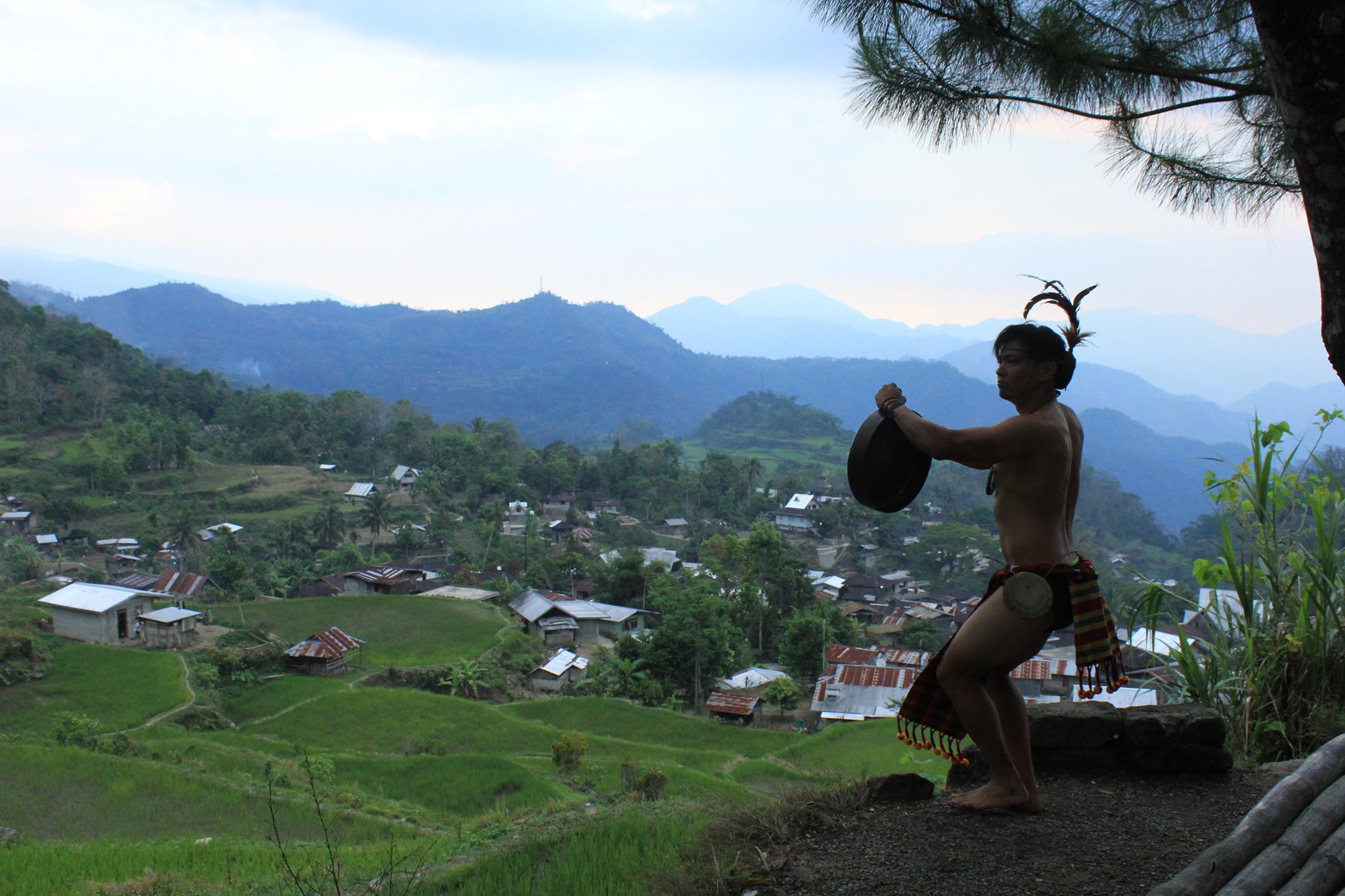 “Para sa turistang naghahanap ng biyaheng siksik sa kultura, hinding-hindi kayo mabibigo sa Kalinga,” says Drew Arellano.
“Para sa turistang naghahanap ng biyaheng siksik sa kultura, hinding-hindi kayo mabibigo sa Kalinga,” says Drew Arellano.Kalinga is a mountainous, landlocked province bordered by Isabela and Mountain Province to the south, and Abra and Apayao to the west. High up in the green mountains, the Kalinga people have preserved their colorful culture amidst a changing world.
Here’s the itinerary used by Drew and the crew of GMA News TV’s “Biyahe ni Drew.”
How to get there
It's a 10-hour drive or bus ride from Manila to Tabuk, the only city in Kalinga province. Kalinga has one city and seven municipalities. The “Biyahe ni Drew” crew visited several villages in the municipalities of Lubuagan and Tinglayan. If you want to spend less time on the road, you can take a one-hour plane ride to Tuguegarao (there are daily flights now) and then a two-hour drive to Kalinga.
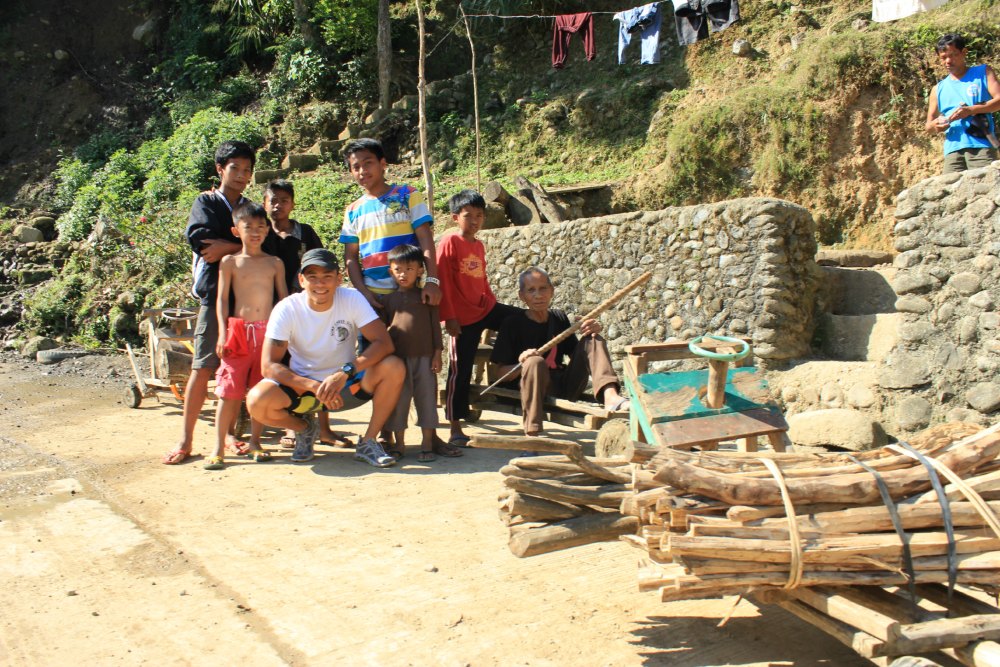
Where to stay
Ma-K Homestay
Mabilong, Lubuagan, Kalinga
Most accommodations in Kalinga are homestays. You won’t find any large hotels here! Drew and the crew stayed at Ma-K Homestay. As with all homestays, expect simple rooms and a shared bathroom. What we liked about this one? Drew’s room for one (P250 per night) had a large window and faced the garden. Waking up to them serene view: priceless.
Pon-eh
Mabilong, Lubuagan, Kalinga
If you want to stay in a traditional Kalinga home, this is one of the few open to tourists. You’ll see several carabao horns hanging outside the house. This is how they, as agricultural people, honor their animals that passed away. There are no beds here, just a bamboo mat and a simple pit where you can start a fire for heat and cooking.
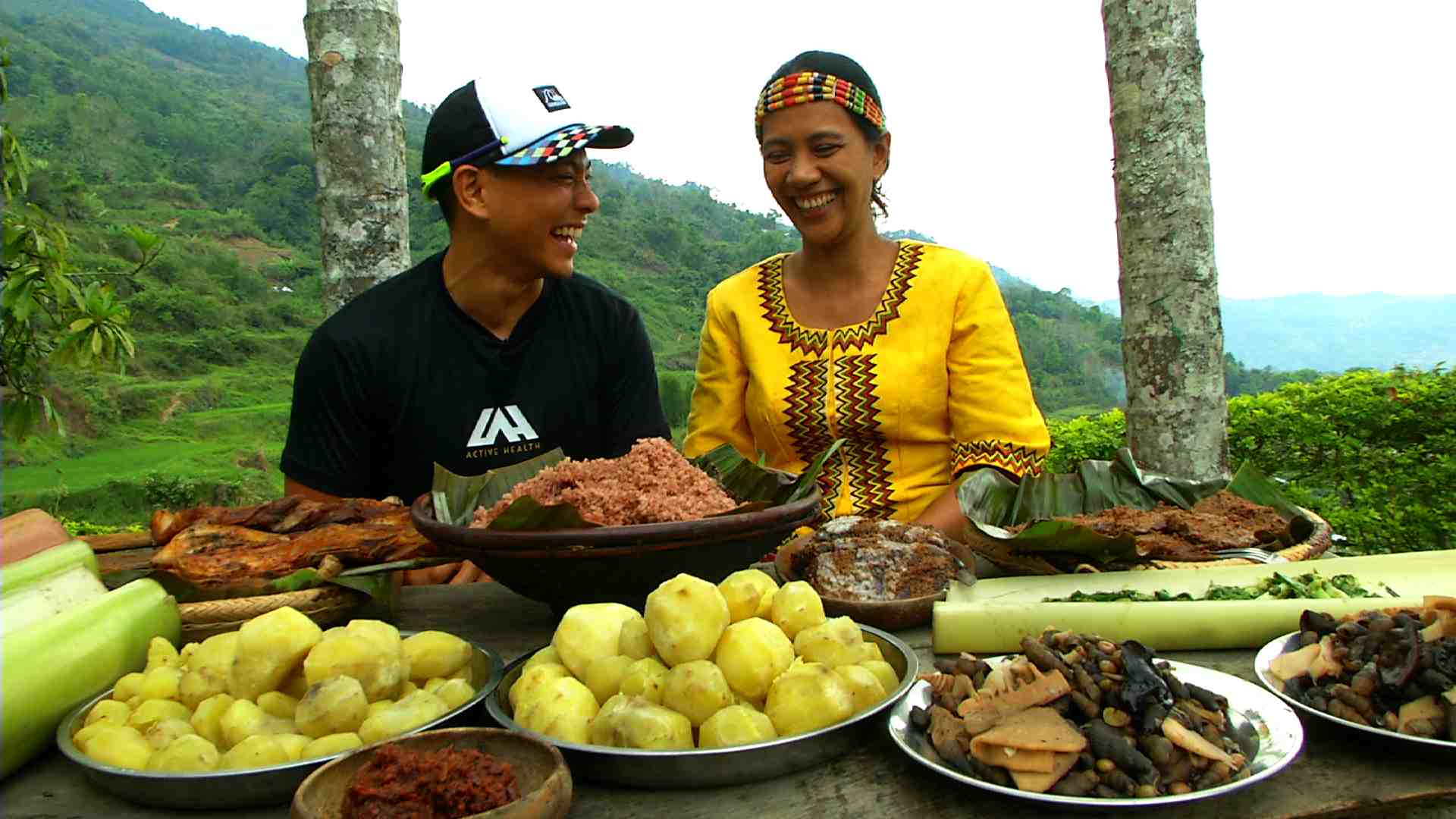
Kalinga cuisine 101
Maria Cirila Bawer, a professor at Kalinga State University, explained Kalinga cuisine to Drew and the crew. Chilokchok, or native onions and green chilies topped with sesame seeds, is an appetizer that pairs well with the milder flavors of grilled chicken, boiled kamote, and unoy, a kind of fiber-rich red rice grown in Kalinga.
One thing Kalinga specialty that you won’t easily find in the city: inihaw na baboy ramo. Wild pigs are a staple in Kalinga cuisine and have a gamey flavor you won’t taste in commercially bred pigs. Meanwhile, binungor is a healthy dish made with bamboo shoots, tenga ng daga mushrooms, and delicate snails caught in the rice fields. To finish everything off is inanchila, or rice cake topped with coconut milk.
Another specialty of Kalinga? Pinikpikan, or roasted chicken that was beaten with a stick moments before its death. The ritual may seem violent to outsiders, but to the people of Kalinga, it’s simply their way of infusing the savory taste of blood into the otherwise bland chicken meat.
Once you’re in Kalinga, there aren’t any large restaurants. Kalinga cuisine is available at most homestays, and their staff can help arrange for a traditional Kalinga meal in the villages you’ll be visiting.
What to see
“The view? Amazing,” says Drew. “Tamang-tama sa pagre-relax. Doon pa lang, sulit na ang biyahe niyo sa Kalinga.”
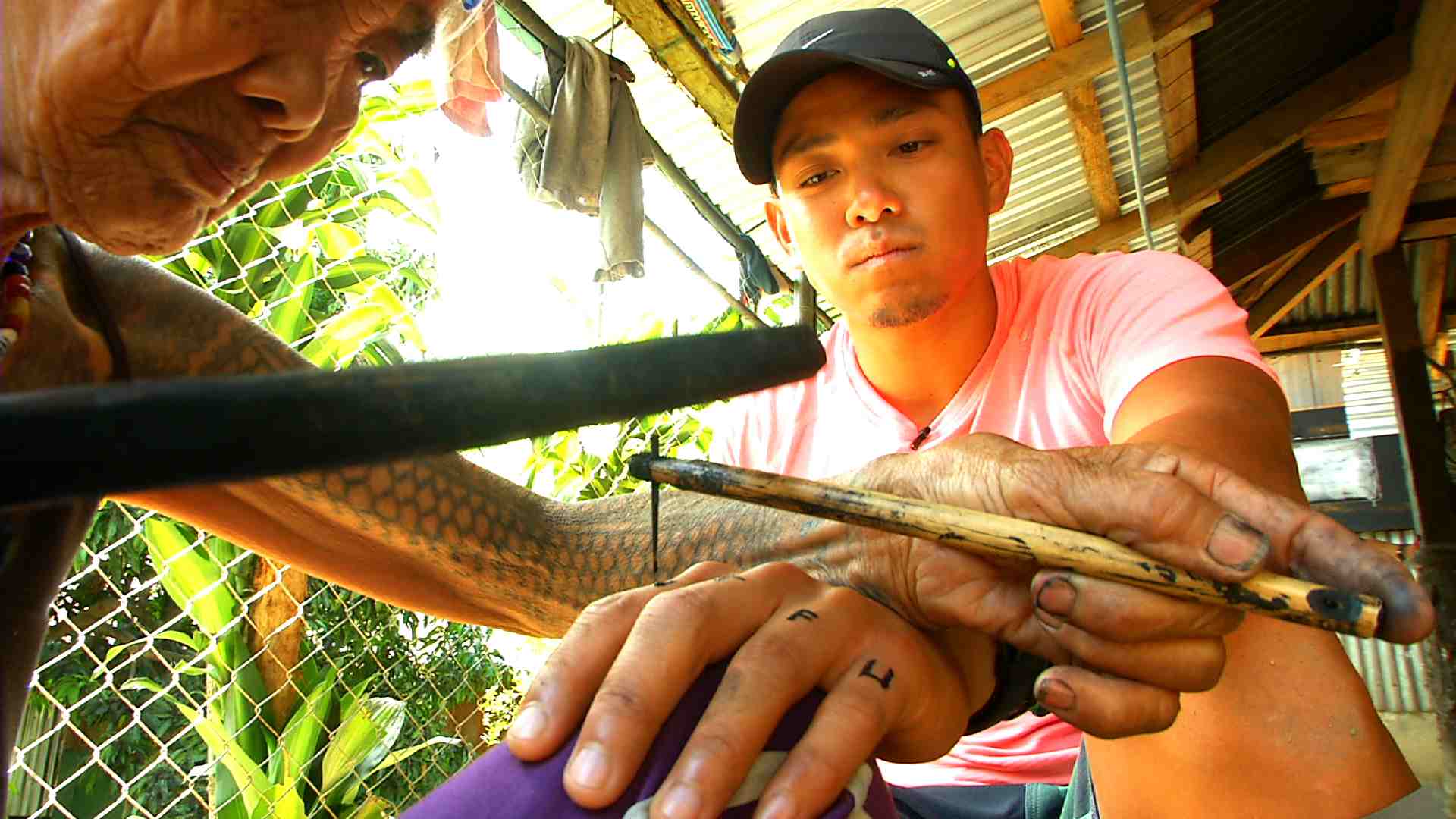
Buscalan Village
Buscalan, Tinglayan, Kalinga
The village of Buscalan in Tinglayan municipality is a rough, uphill ride away from Lubuagan. Getting there takes a bumpy, one-hour jeepney ride that costs P100 per person, and a 20-minute trek over relatively flat terrain. What’s in Buscalan? Apo Whang-Od.
Apo Whang-Od (also spelled Apo Fang-Od) is thought to be the last mambabatok (tattoo artist) of Kalinga. Tattoo enthusiasts from around the world travel to Kalinga for the privilege of being inked by the 94-year-old living treasure. Each tattoo Apo Whang-Od makes depicts Kalinga culture. Her designs resemble mountains, flowing water, snakes, and more. The good news? There may be hope just yet for the dying art — Apo Whang-Od is training her young niece, Grace, to carry on the mambabatok legacy.
You can visit Apo Whang-Od watch her at work and observe her community’s traditions. If you want a tattoo of your own, it will cost upward of P500, depending on the size and complexity of the design.
Awichon Village
Awichon, Lubuagan, Kalinga
Awichon Village is considered the cultural center of Kalinga. Most tourists come to meet Alonso Saclag, Sr., who was recognized as a National Living Treasure of the Performing Arts in 2008. He is a master of all of their tribe’s dances and can play all of their instruments. In Kalinga culture, dances are held not just to celebrate weddings and other special events, but also to give thanks for a bountiful harvest.
“Noong bata ako, gusto ko yung nakikita ko yung mga sumasayaw at tumutugtog. Tuwing may okasyon, sinusubukan ko nang mag-play ng flute, gong… doon na ako natuto. Paano ba natin mape-preserve ang ating kultura kung hindi natin ito pina-practice?” says Alonso. Tourists can see the performances by visiting Awichon Village.
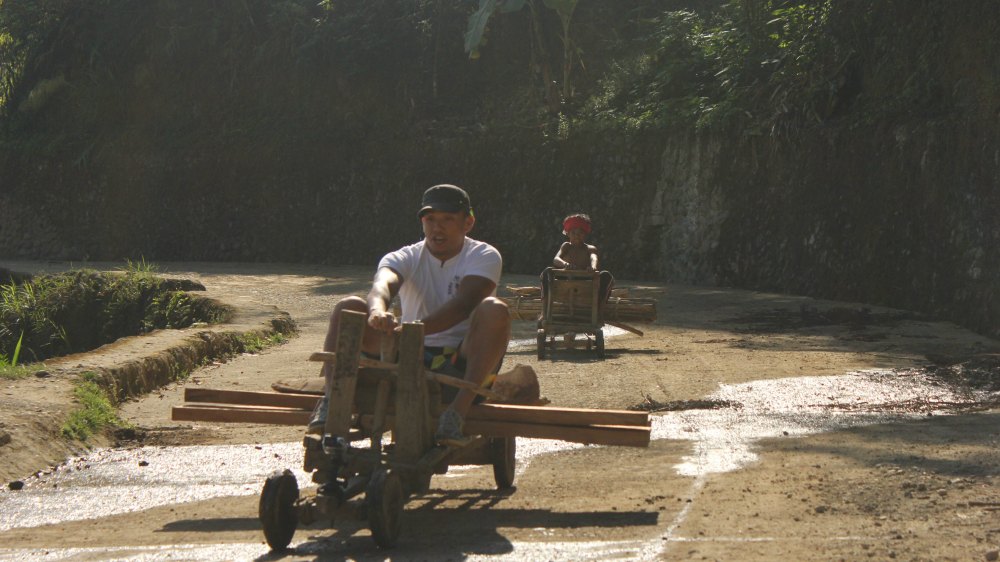
What to do
Ride a tal-tallak
Think go karts, Kalinga-style. The tal-tallak was invented in the 1930s to transport firewood down the mountain, but has been a pastime among Kalinga youth ever since. The vehicle runs on gravity, and can move quite quickly. Drew tried it and broke the brakes — what an adrenaline rush!
What to buy for pasalubong
Handmade beads
Lubuagan, Kalinga
These beads are made one by one, by melting glass and swirling them over heat. These beads are available in souvenir shops, but you can also ask the women of the village if they have some on hand.
Woven goods
Mabilong Weavers Village, Kalinga
From table runners, skirts, shawls, and small items like keychains, you can find them all here.
Coffee
Kalinga’s strong brew is a labor of love. Made with all-natural ingredients in small batches, and meticulously ground with traditional tools, each cup is a work of art. Since this is one of Kalinga’s most popular products, you’ll find their coffee being sold at souvenir shops all over the province.
–Cristina Tantengco/PF, GMA News
More Videos
Most Popular




